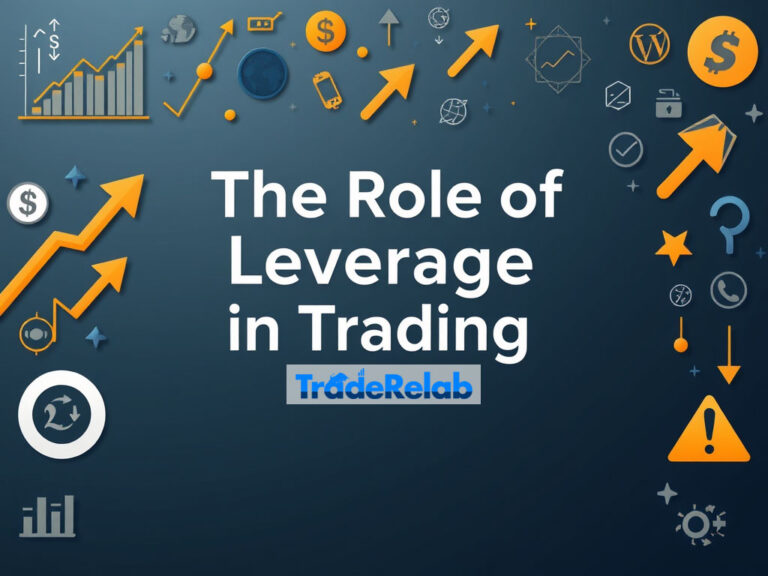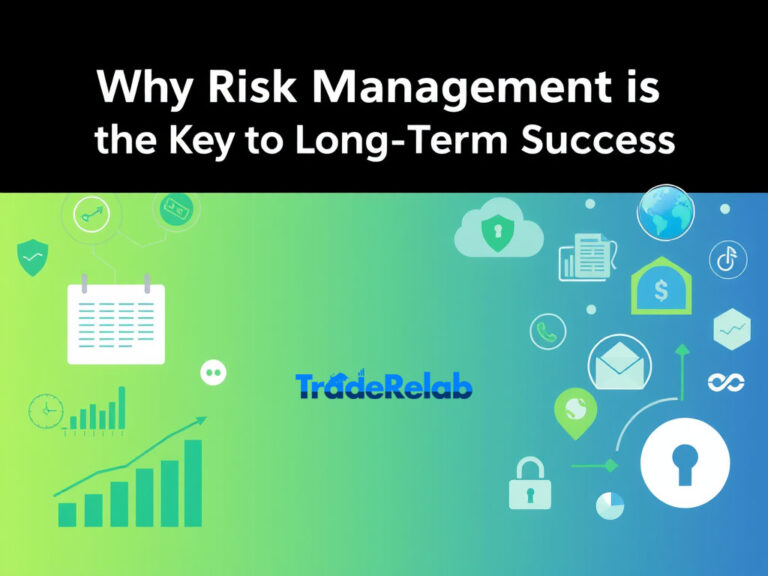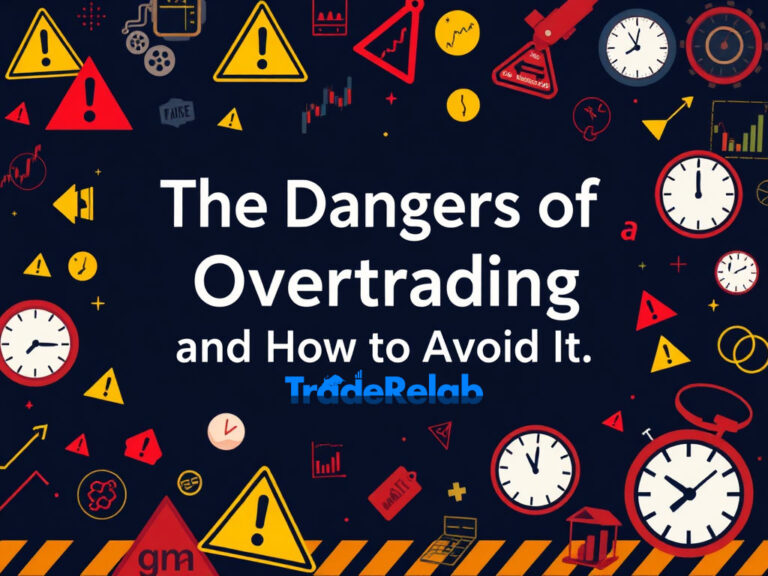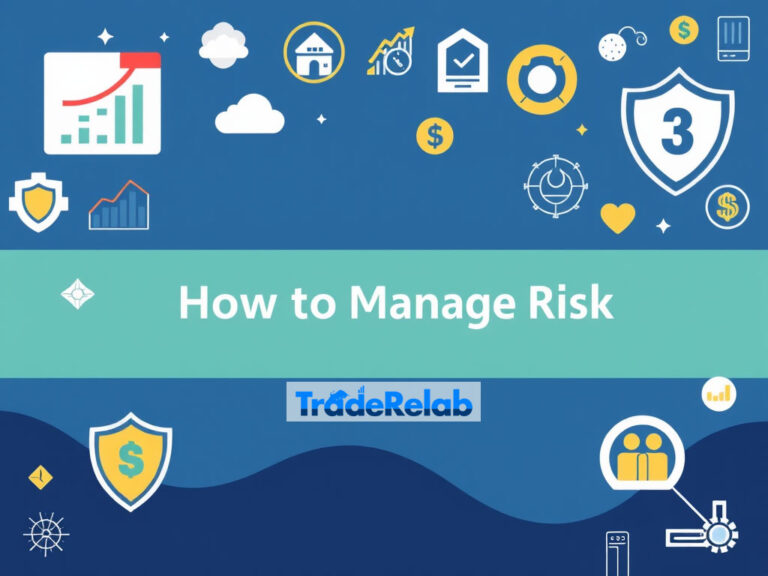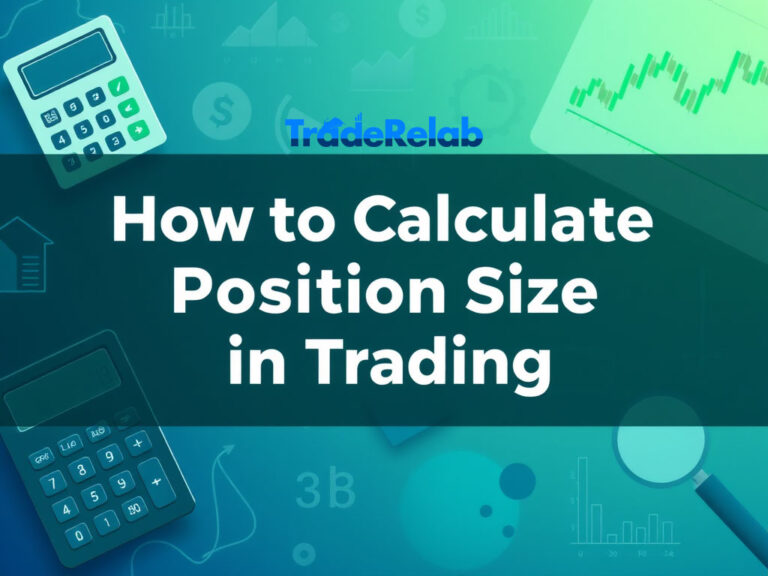The Importance of Stop Loss and Take Profit in Trading
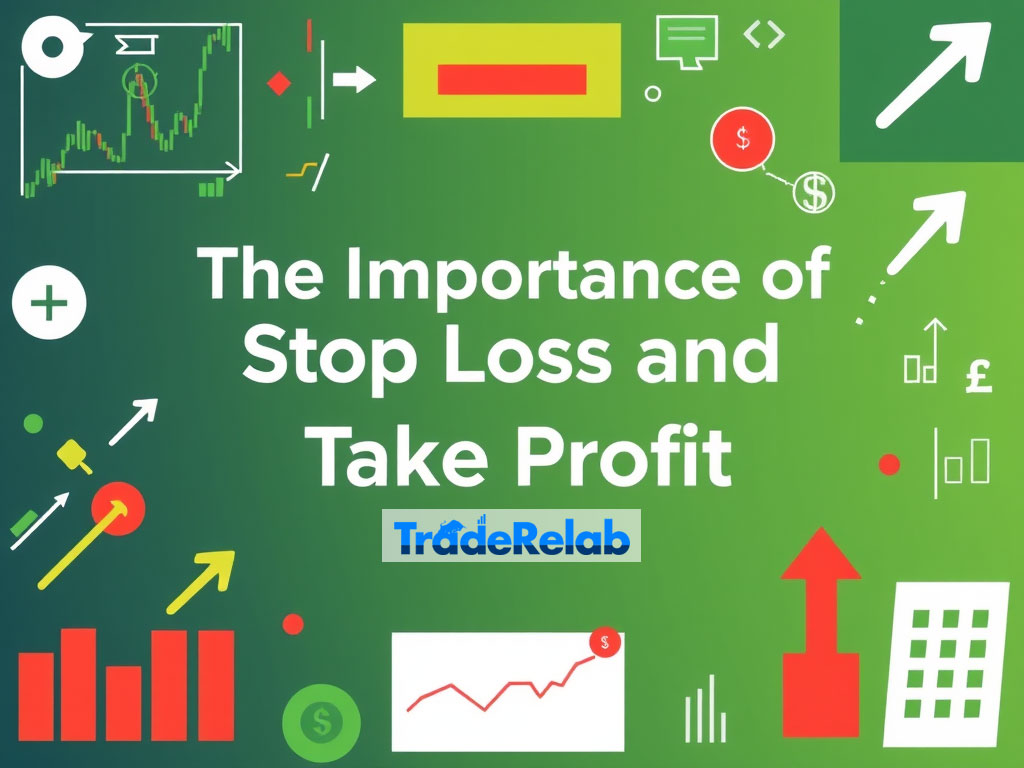
In the world of trading, one of the most crucial aspects of managing risk is the use of stop loss and take profit orders. These tools are fundamental in protecting your investments and ensuring that emotions do not interfere with your trading decisions. Whether you’re a beginner or an experienced trader, understanding and utilizing stop loss and take profit effectively can significantly enhance your trading success. In this article, we’ll explore the importance of these two concepts and how they can help you become a more disciplined and successful trader.

What is a Stop Loss?
A stop loss is an order placed with a broker to buy or sell once the price of an asset reaches a certain level. Its primary purpose is to limit an investor’s loss on a position. If the market moves against you, a stop loss ensures that your trade is automatically closed, preventing you from losing more money than you are willing to risk.
For example, if you buy a stock at $100, you might place a stop loss at $90. If the stock price drops to $90, the stop loss order would trigger, automatically closing the position at or near $90, thus preventing further losses.
What is a Take Profit?
A take profit is an order placed with your broker to sell an asset once it reaches a certain profit level. It is the opposite of a stop loss and is designed to lock in profits when the market moves in your favor. By setting a take profit order, you can automatically secure profits without needing to monitor the market constantly.
For example, if you bought a stock at $100 and set a take profit order at $120, your position would automatically close once the price hits $120, securing your $20 profit per share.
Why Stop Loss and Take Profit Are Important
- Risk Management Both stop loss and take profit orders are essential tools for managing risk in trading. By using stop loss orders, you limit the amount of loss you are willing to accept. Conversely, take profit orders ensure that your profits are protected when the market reaches your desired level. The key to successful trading is balancing risk and reward, and these two tools help you achieve that balance. Without them, you could end up losing far more than you intended, or letting a profitable trade turn into a loss because you didn’t set an exit point in advance.
- Eliminate Emotional Decision Making One of the biggest challenges traders face is controlling their emotions. Fear, greed, and impatience often lead traders to make irrational decisions. A stop loss and take profit order help mitigate the influence of emotions on trading decisions. With a stop loss in place, you don’t have to worry about watching the market every minute, stressing over every small fluctuation. Similarly, a take profit order ensures you don’t hold onto a trade out of greed, hoping for more gains when it may be time to take profits.
- Enhance Discipline Professional traders emphasize the importance of discipline in trading. Setting stop loss and take profit orders beforehand forces you to stick to your trading plan. Without these orders, it’s easy to deviate from your strategy due to emotional impulses or short-term market movements. By automatically closing trades at predetermined levels, these orders help you maintain your plan and avoid being swayed by the market’s ups and downs.
- Protect Your Capital Protecting your capital is crucial in the world of trading. Without proper risk management tools, a single bad trade can wipe out a significant portion of your account balance. Stop loss orders protect you by ensuring that your losses are limited to a predefined amount. On the other hand, take profit orders ensure you capitalize on profitable trades without waiting for the market to reverse. This balance between locking in profits and minimizing losses is essential for long-term success.
- Time Management Another important advantage of stop loss and take profit orders is that they allow you to manage your time more efficiently. As a trader, you may not always have time to watch the market closely, especially if you’re trading multiple positions or balancing other responsibilities. With these orders in place, you don’t have to monitor your trades constantly. You can set and forget, knowing that your trade will be automatically closed when it reaches your predefined exit points.
- Prevent Overtrading Overtrading occurs when traders take excessive risks or place too many trades, often driven by the desire to recover losses or chase profits. Stop loss and take profit orders can help mitigate overtrading by setting clear boundaries for each trade. For example, once your stop loss is hit, the trade is closed, and you move on to the next opportunity. Similarly, once your take profit target is reached, you’ve locked in your profits and don’t risk holding onto a position for too long.

How to Set Effective Stop Loss and Take Profit Orders
To fully benefit from stop loss and take profit orders, it’s important to set them effectively based on the market conditions and your trading strategy.
- Determine Your Risk Tolerance Before setting stop loss orders, determine how much of your capital you are willing to risk on a single trade. This is usually a percentage of your total capital (1-2% per trade is a common guideline). Once you know your risk tolerance, you can set your stop loss order accordingly, ensuring that the loss will not exceed your predefined threshold.
- Use Technical Analysis to Set Levels Technical analysis is one of the best ways to determine where to place stop loss and take profit orders. Look for key support and resistance levels, as well as chart patterns and indicators, to identify logical entry and exit points.
- Support levels: If you’re buying, place your stop loss just below a support level.
- Resistance levels: If you’re selling, place your take profit just below a resistance level.
- Use Trailing Stop Losses A trailing stop loss is a type of stop loss order that moves with the market price. As the market moves in your favor, the trailing stop moves with it, locking in profits as the price increases. If the market reverses, the trailing stop remains at its last position, closing the trade when it is hit. This is particularly useful for traders who want to capture more profits from a trending market but also want to protect themselves if the market reverses unexpectedly.
- Set Realistic Take Profit Levels While it’s tempting to set high profit targets, it’s essential to set realistic take profit levels. Setting an overly ambitious take profit target may result in missed opportunities or holding onto a trade for too long. A good rule of thumb is to set your take profit level based on previous price action and market trends. Consider your risk-to-reward ratio and set a profit target that aligns with your strategy.
Common Mistakes to Avoid with Stop Loss and Take Profit
- Placing Stop Loss Too Close to Entry Point Many traders make the mistake of placing their stop loss too close to their entry point, thinking that they’re limiting their losses. However, this increases the likelihood that the stop loss will be hit due to normal market fluctuations (market noise). It’s important to give the market enough room to move, based on its volatility.
- Not Adjusting Stop Loss and Take Profit Levels Once a trade is in motion, some traders fail to adjust their stop loss and take profit levels as the market moves. It’s essential to adapt your orders based on changing market conditions or new information.
- Chasing the Market Sometimes, traders change their stop loss and take profit levels mid-trade based on emotions, such as greed or fear. This can lead to greater losses or missed profit opportunities. Stick to your original plan unless new technical or fundamental information justifies a change.
Conclusion
Stop loss and take profit orders are essential tools in the professional trader’s toolbox. By using them, you can manage your risk, reduce emotional trading, and protect your capital. These orders allow you to take control of your trades, ensuring that you stay disciplined and stick to your trading plan. Whether you are a beginner or an experienced trader, incorporating stop loss and take profit orders into your strategy will help you navigate the financial markets with more confidence and increase your chances of long-term success.
FAQ
1. What is the purpose of a stop loss in trading? A stop loss is used to limit your potential loss on a trade by automatically closing your position if the price reaches a predetermined level.
2. How do I set a take profit order? A take profit order is set at a price level where you want to secure profits. It’s placed when you open the trade or adjusted later to lock in gains.
3. What is the best stop loss level? The best stop loss level depends on your risk tolerance and market conditions. Typically, traders set it based on technical analysis, placing it just below support levels when buying or above resistance levels when selling.
4. Can I change my stop loss and take profit orders after placing them? Yes, you can adjust your stop loss and take profit orders at any time based on new market information or changes in your strategy.
5. What is a trailing stop loss? A trailing stop loss automatically moves with the market price, locking in profits as the market moves in your favor. It helps protect gains in a trending market while limiting losses if the market reverses.

